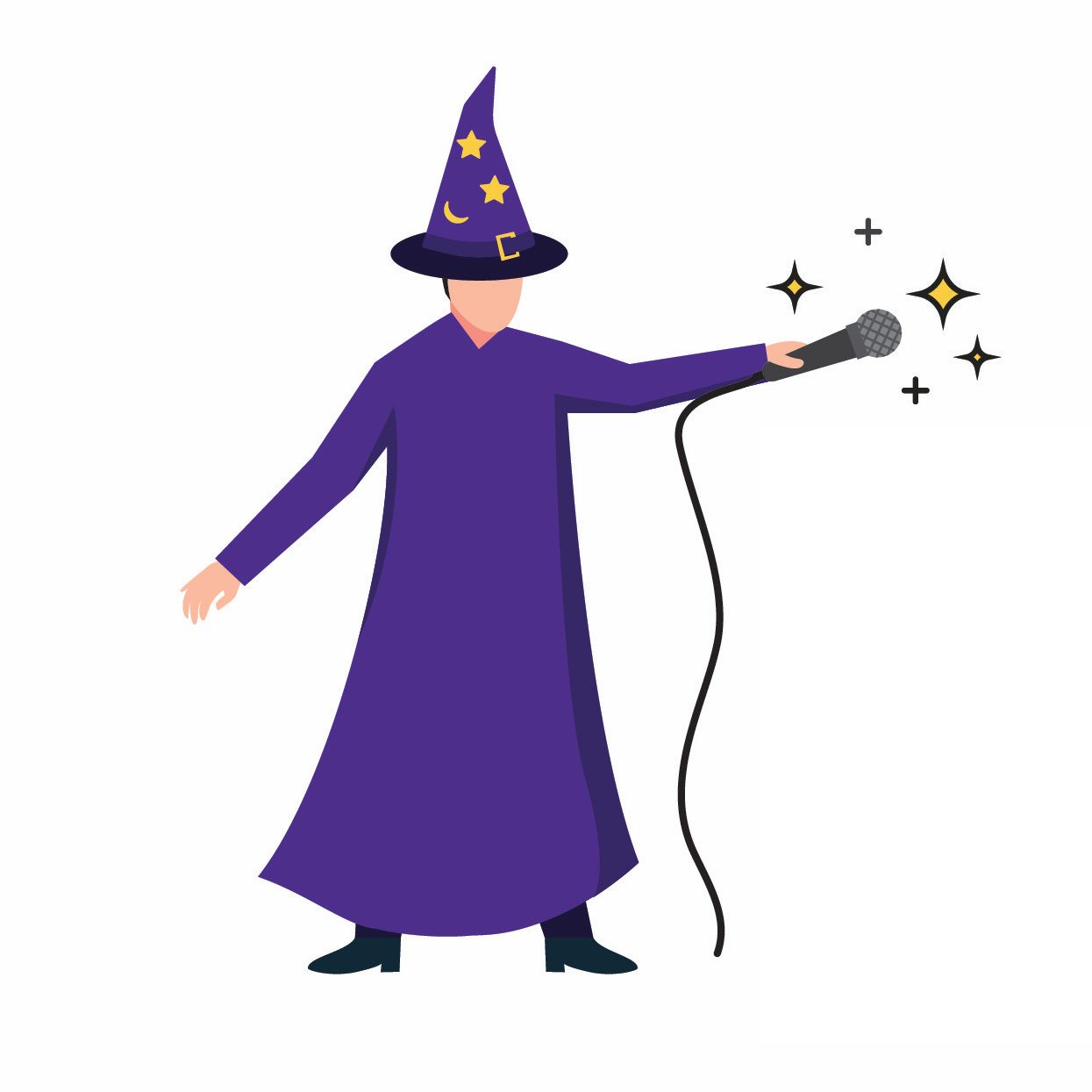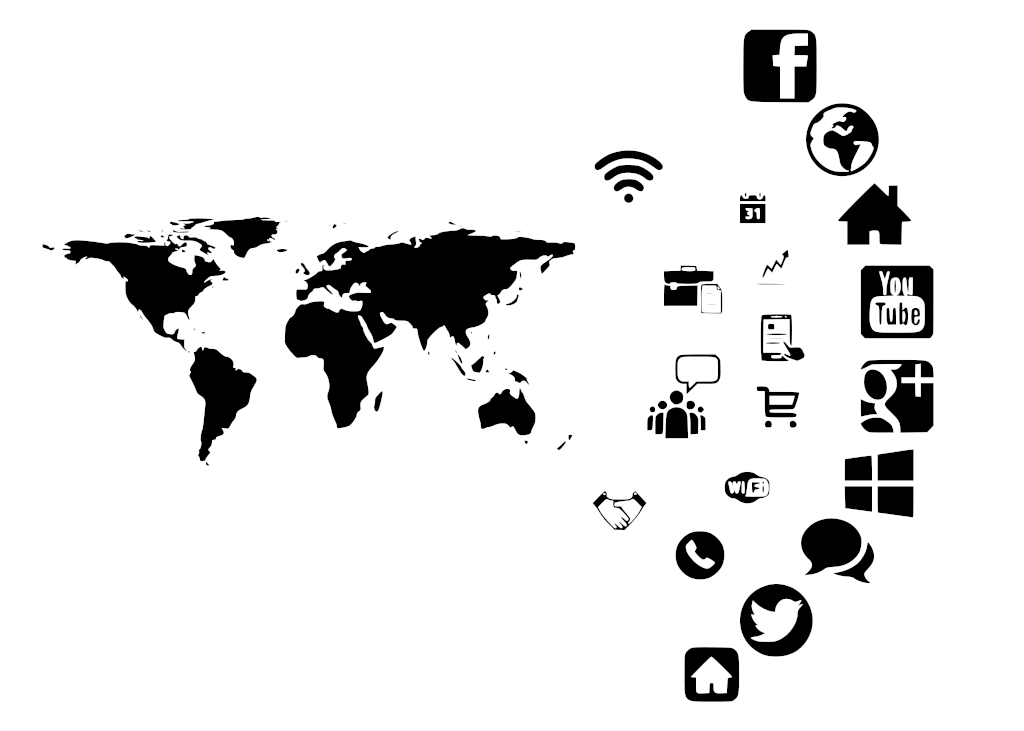I was recently asked how I was able to secure sponsors for my podcasts. My short answer was: “Over several years I set a track record of producing content that drew a listening audience with consistency. Then I made a list of companies who might have things to sell to that audience…”And I stand by that as a short answer. Of course, there are more pieces in the puzzle than one can convey in two sentences. In this blog post, we’re going to talk about Creating a Winning Media Kit.
Creating a Winning Media Kit
You may or may not get asked for a media kit. I say making one is at least good practice and rehearsal, even if you never need to share it. Creating a winning media kit for a podcast is a great way to present your show to potential sponsors, advertisers, and partners. It provides all the essential information about your podcast in a professional and appealing manner. Here are several things you might include to create an effective media kit:
Introduction and Overview
These things are mandatory.
Podcast Name and Logo: Include your podcast’s name and a high-resolution version of your logo. Your podcast’s often the first thing potential listeners see. A strong, distinctive logo can grab attention and make a memorable impression, which is essential in a crowded market. Your logo serves as a visual representation of your podcast’s brand and content. It helps establish your podcast’s identity and tone, making it easier for listeners to recognize and connect with your show.
Tagline or Brief Description: A short, catchy phrase or sentence that encapsulates what your podcast is about. A good tagline succinctly conveys what your podcast is about, helping potential listeners quickly understand the show’s focus or theme. It provides a snapshot of your content and what they can expect. We mentioned this in the last blog, and The Podcast Host has an excellent summary on taglines.
About the Podcast: A detailed description of your podcast, its mission, and what makes it unique. Highlight the genre, format, and any special features.
Host Information
Give your reader enough to have some confidence in what you’re bringing to the table. Your info should include:
- Bio: Brief bios of the hosts, including their background, expertise, and any relevant accomplishments or previous media experience.
- Photos: (optional) High-quality photos of the hosts.
Podcast Statistics
You can easily go mad looking at your podcast’s stats. Don’t drive yourself crazy looking at them every day—but maybe once a month or so. The stats most people are curious about are:
- Download Numbers: Average downloads per episode or month.
- Audience Demographics: Information about your audience’s age, gender, location, and interests (if available).
- Social Media Following: Numbers of followers on platforms like Twitter, Instagram, LinkedIn, etc.
- Website Traffic: If you have a website, include traffic statistics.
Spotify has a good writeup to further explain podcast statistics.
Audience Insights
Among the metrics you are periodically monitoring, keep an eye on your audience. Learn as much as you can about these things and then describe your audience for the person who is reading your media kit:
- Listener Profiles: Describe your typical listener and their interests, challenges, and needs.
- Engagement: Metrics related to listener engagement, such as average listen duration and listener feedback.
Sponsorship and Advertising Options
When creating a winning media kit, you should include information for your potential sponsors about what a sponsorship realistically means. Does it include a vocal ad? Space on your website? And how much should all this cost. Make a list of options which should include:
- Ad Formats: Explain the different ad formats available (e. g. , pre-roll, mid-roll, post-roll ads).
- Rates: Provide pricing details or indicate that rates are available upon request.
- Case Studies or Testimonials: Include any past successes or testimonials from previous sponsors or advertisers.
Content and Scheduling
- Episode Frequency: How often new episodes are released.
- Episode Themes: Briefly describe recurring themes or notable episodes.
- Guest Features: Mention any high-profile or relevant guests you’ve had.
Contact Information
You want people to call you back, right? Make it easy for them.
- Booking and Inquiries: Provide contact details for sponsorship inquiries, media requests, or other opportunities.
- Social Media Links: Include links to your podcast’s social media profiles.
Visual and Design Elements
When creating a winning media kit, you want it to look professional and effectively convey the essence of your podcast to potential partners, media, and listeners.
- Layout: Make sure the media kit is visually appealing and easy to navigate. Use consistent branding elements such as your logo, colors, fonts, and imagery.
Distribution
Make the Media Kit readily accessible and share it at will.
- Format: Save your media kit in a commonly accessible format like PDF for easy sharing.
- Delivery: Share it through email, your podcast’s website, or via a media kit page.
Update Regularly
Regularly update your media kit with the latest statistics, new episodes, and any changes to your podcast or team.
Contact The Podcast Wizard
Creating a winning media kit that is well-organized and comprehensive can greatly enhance your podcast’s appeal to potential sponsors and partners, helping you to grow your show and achieve your goals.
In my next blog post on Securing Sponsors For My Podcasts, I’ll talk a little about researching potential sponsors. As always, don’t hesitate to contact the Podcast Wizard if I can help you with your production or sponsorship endeavors.

